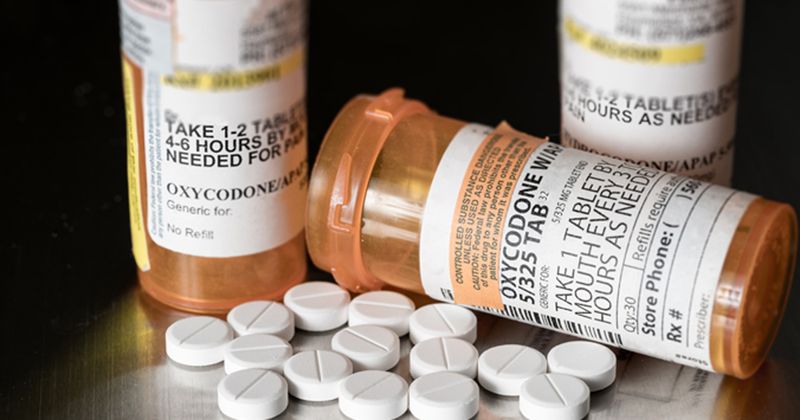Expert details psychiatrist’s role in tackling opioid crisis
Psychiatrists can play an important role in addressing the opioid crisis by optimizing medication-assisted treatment, according to a presenter at the NEI Max Virtual Conference.
“There were 76 million opiate prescriptions in 1991 and 207 million in 2013, with 15.3 million opiate prescriptions in 2013 for Medicare patients alone, and 2 million Americans are considered addicted to prescription opiates annually,” William M. Sauvé, MD, medical director of the Virginia region of Greenbrook TMS NeuroHealth Centers, said during a presentation. “Physicians have been blamed for opiate addiction as much as the public holds individuals responsible for abusing the medications.”

At least two of 11 DSM-5 criteria must be met for diagnosis of opioid use disorder, according to Sauvé. Criteria include taking more medication, or taking it for longer, than intended, important activities given up because of use, continued use despite having persistent social problems and withdrawal, among others. Known risk factors for opioid misuse include being aged 45 years or younger, having a psychiatric or substance use disorder and having a history of legal problems, motor vehicle accidents or preadolescent sexual abuse in women, Sauvé said.
Currently available medication-assisted treatments for opioid use disorder include methadone, buprenorphine and naltrexone. According to Sauvé, methadone allows those with opioid use disorder to discontinue heroin use without experiencing withdrawal symptoms. It is available through specialty clinics, to which patients must make daily visits, and is linked to an increased risk for respiratory depression. Buprenorphine has appeared associated with active withdrawal symptoms among individuals currently using prescription opioids or heroin, so Sauvé emphasized that patients should be experiencing at least some mild withdrawal prior to starting buprenorphine. Although specialty licensing for the prescriber is required, it does not need to be administered at specialty clinics, and the risk for respiratory depression is lower compared to methadone.
Results of numerous outpatient clinical trials suggested buprenorphine is more effective than placebo and as effective as moderate doses of methadone. According to Sauvé, buprenorphine has few clinically significant interactions compared with methadone; however, in combination with benzodiazepines, it can lead to overdose.
Regarding naltrexone, individuals should be free of opioid agonists for 7 to 10 days before initiation, since its use may precipitate withdrawal among patients actively using opioids, Sauvé said. Specialty facilities or licenses are not required, and naltrexone has relatively low risk for respiratory depression or overdose, he said.
According to Sauvé, there are certain methods by which to mitigate withdrawal symptoms during transition to medication-assisted treatment or between treatments:
- autonomic symptoms = a2 adrenergic agonists, such as lofexidine and clonidine;
- anxiety/restlessness = benzodiazepines/antihistamines;
- insomnia = sedating antidepressants, nonbenzodiazepine hypnotics and sedating atypical antipsychotics;
- musculoskeletal pain = NSAIDs, aniline analgesics and antispasmodics; and
- gastrointestinal distress = oral hydration, neuroleptic antiemetics and 5HT3 antagonists.
“Mitigating withdrawal symptoms using medication-assisted therapy and non-opiate therapies may provide patients with opiate use disorder the best opportunity for maintained absence and recovery, and that doesn't just mean white-knuckling and staying sober,” Sauvé said. “It can also mean finally having a shot at living your life and enjoying the things they can enjoy when their life isn't focused on opiate use disorder. That might actually be the thing that helps with sustained abstinence and recovery in the long run, [which gives psychiatrists] a real opportunity to not just get somebody off these drugs, but actually get them their life back.”

